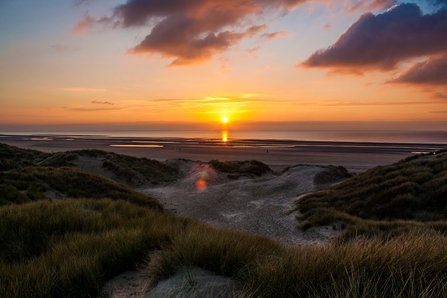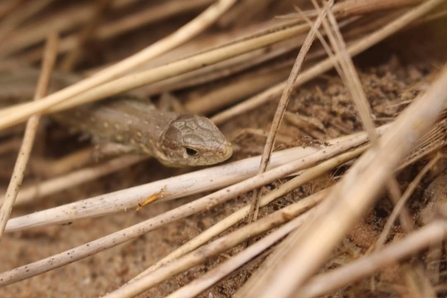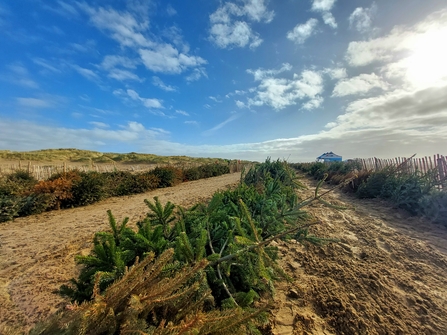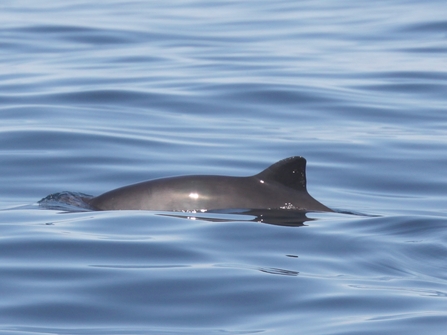The Lancashire Wildlife Trust has objected to an application to run a series of cables underneath the Fylde Sand Dunes, from the planned Morgan and Morecambe Offshore Windfarm. The Trust is one of three participating partners in the Environment Agency funded Fylde Sand Dunes Project. The Trust is fully supportive of the need to transition to green energy production, however we believe that any infrastructure projects must be done right and not at the expense of nature. We are facing an ecological emergency with 41 per cent of wild species in decline in the UK. The climate and nature crises are inextricably linked, we cannot solve one without solving the other.
It is for this reason that we have submitted an objection to aspects of the current proposals on the following grounds. It will be necessary to work with the applicant to ensure that the highest levels of environmental protection are achieved, alongside providing sustainable energy for the future.
In summary the objection relates to:
-
Disturbance to sand lizards
-
Adverse effects on the hydrology of the Fylde Sand Dunes
-
Inadequate or missing environmental mitigation plans
-
Inadequately mitigated sea floor habitat loss
-
Subsea construction noise
-
Disturbance to protected bird species
-
Inadequate data and errors in habitat mapping
-
Impact on Fylde Sand Dunes Project dune creation work
You can read our full response here or find more information below.
Find out more about the Morgan & Morecambe Offshore Windfarms Transmission Assets proposal here.




